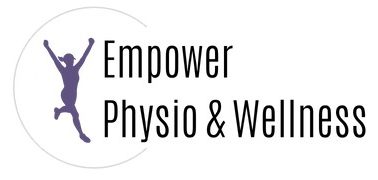In our last blog post, we recapped the basics of what dry needling is and what you need to know about it. If you haven’t had a chance to read it yet, check it out here before you read any further! Today, we’ll go into more detail about dry needling effectiveness and how to get the most out of this technique.
Two is better than one
I’m sure you can tell by now that we REALLY love dry needling. But when we take a step back and look at the big picture, it’s really just a tool – a means to an end per se. It’s not the one and only star of the show. Similar to a killer wine and cheese pairing, dry needling is best when paired with other modalities to help you feel your best.
On its own, dry needling is a wonderful way to reduce pain, open up mobility, and improve the way your body moves. It accomplishes this by releasing muscle tension and improving how the nervous system functions. It’s like opening a door. But to really get the results you want, you have to walk THROUGH the door…not just stand at the opening and enjoy the view.
Amplify dry needling effectiveness
In order to get the most out of a dry needling session, you need to do something active to reinforce those benefits. For example, let’s say you get your neck needled and can move your head and neck a lot better. You have to then teach the muscles and joints in your neck how to move optimally. Otherwise, they are likely to go back to being tight.
Dry needling alone doesn’t retrain the way your body moves. Your brain and body need direction on what to do with this newly gained mobility. Think of it like kindergarteners on the playground. If left unsupervised, it will be complete chaos as the kids all run around, scream, throw things, and get into trouble. They need direction and supervision to play in a safe and productive manner. Similarly, your body needs direction to move optimally. If being tight is what your body does best (aka, you’ve had tightness for a long time), that’s what it will revert back to unless it’s instructed otherwise.
Let’s look at another example. We commonly needle the glutes of runners, walkers, and people whose knees bother them with stairs. The glutes are a really important group of muscles when it comes to your stability. Running or walking requires you to isolate your weight on each side. The glutes aren’t necessarily weak, they are tight and “lazy.” This means they don’t turn on and activate well when they are needed. Needling helps the muscles relax and activate better. When paired with strengthening exercises, we can keep the glutes relaxed and activated well while training the body to remember this feeling.
Just like wine and cheese are better together, dry needling effectiveness is dependent on the strength exercises you pair with it. Want to see what these techniques can do for you? Contact us.




I love all the analogies you gave! It makes more sense when we see the big picture, and know that we have to go THROUGH the door that needling opens. A muscle has to relax before it can tighten and build strength.
I am glad you found the analogies helpful! Thanks for taking the time to read this blog and leave a response!